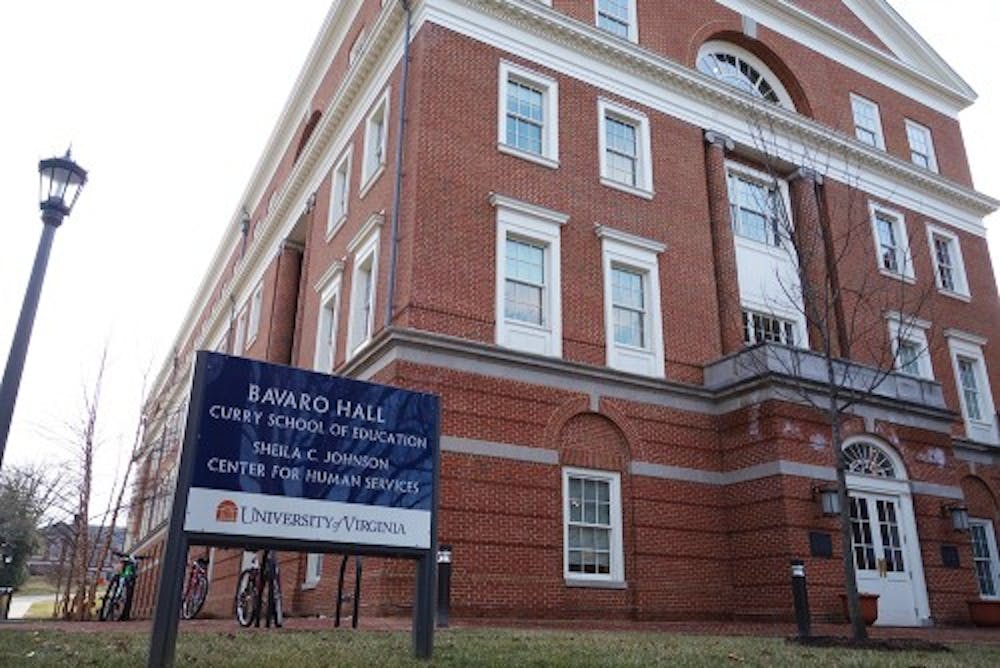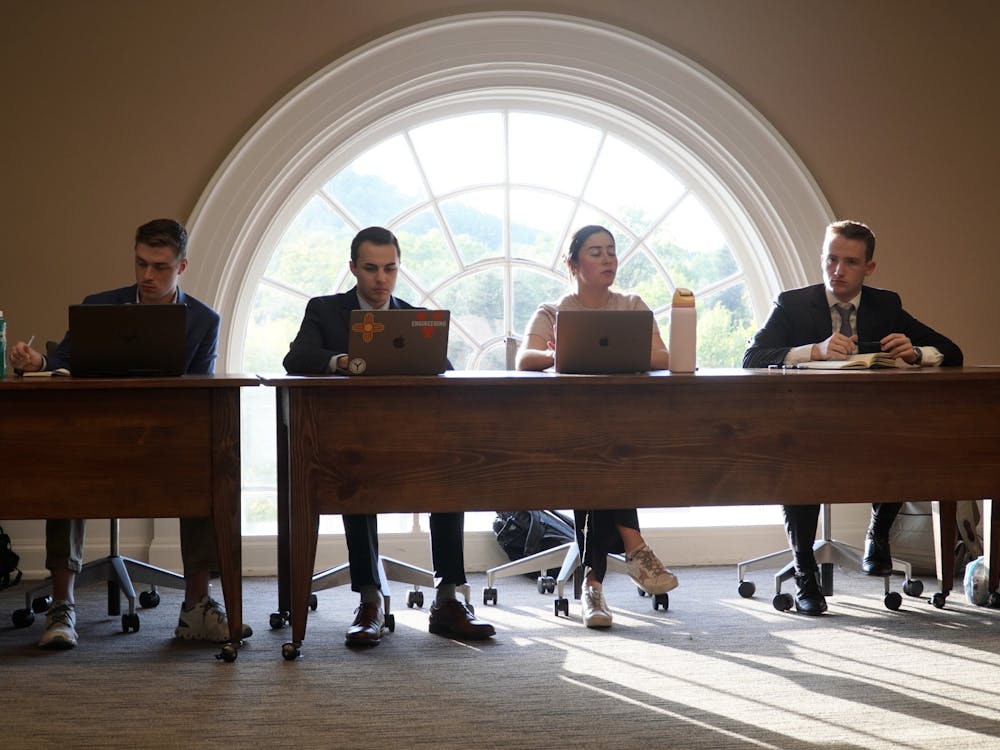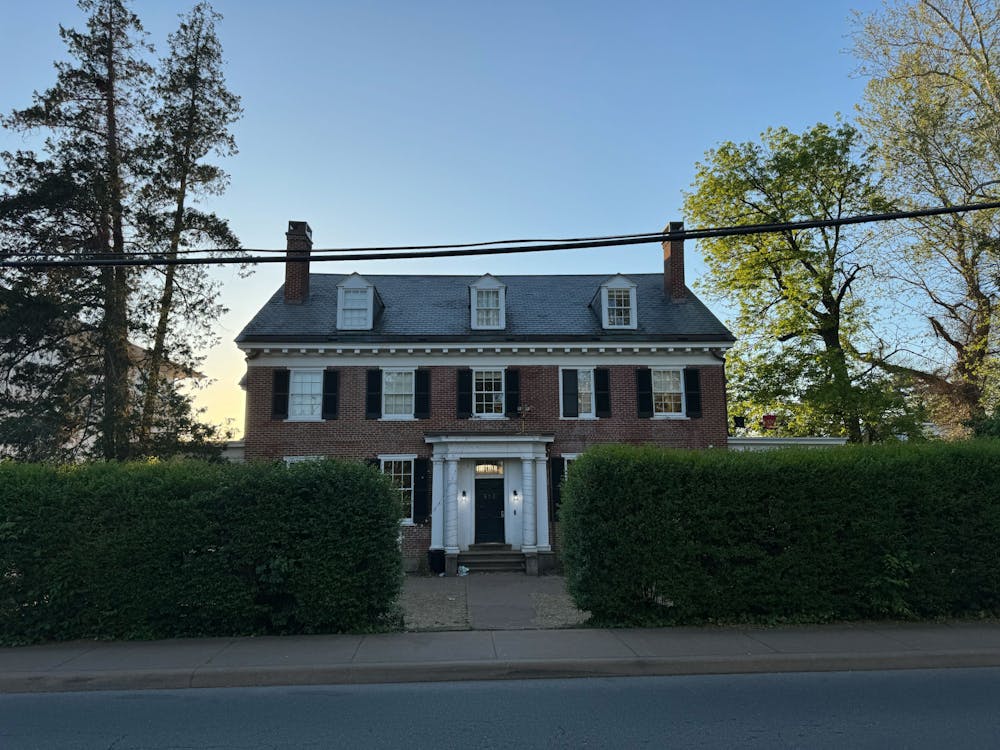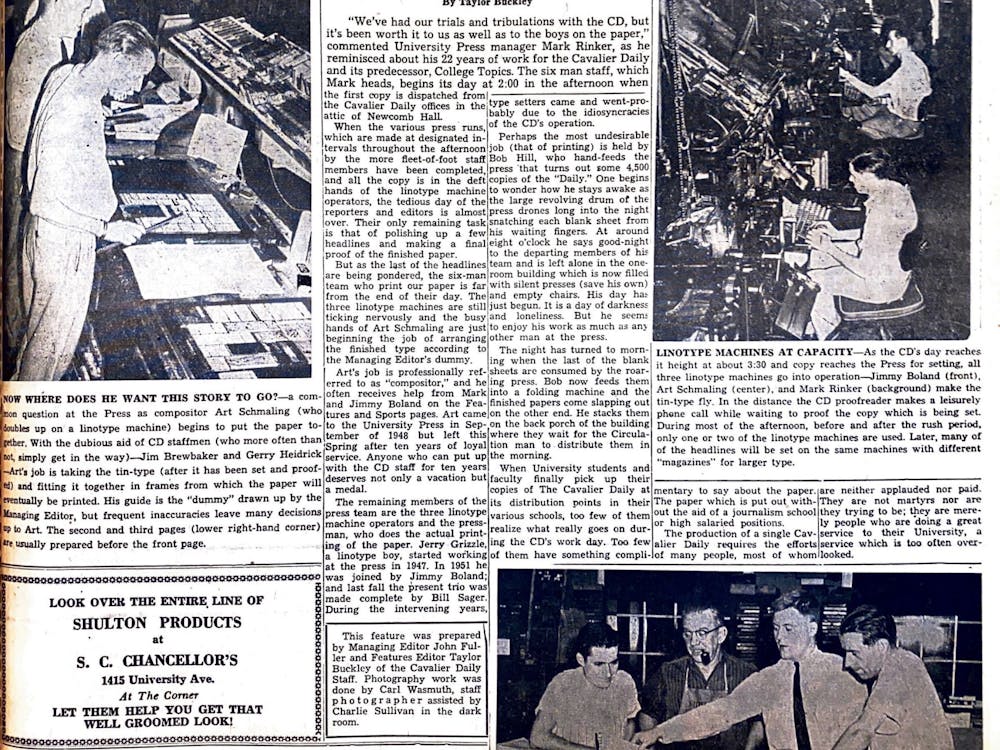Most Virginia high school students feel positively about their school climate and about relationships between adults and students, according to a survey conducted by the Curry School’s Virginia Youth Violence Project.
The 2016 Virginia Secondary School Climate Survey surveyed students, faculty and staff at 320 of the state’s public high schools.
About seventy-five percent of students agreed that most teachers care about all students, and eighty-six percent said that most teachers want all students to do well.
Eighty-two percent of students said they feel safe at school, while many also reported concerning behavior such as bullying, verbal teasing about sexual topics, sexual orientation and race or ethnicity.
The annual survey began four years ago, and alternates yearly between studies of school climate at public middle schools and high schools in Virginia.
The Project’s Director Dewey Cornell said it is still too early to identify any statistical trends in the data, but that he is largely pleased with the results.
“There’s often a tendency to focus on the problems, but overall, the majority of teachers and students say they feel safe in their school, they like their school, they feel like their teachers like them and respect them, they feel that the discipline is fair,” Cornell said. “So, on all these important indicators, the vast majority of students gave us positive responses.”
New to this year’s survey were questions that specifically addressed the issue of sexual harassment.
Students were asked to identify statements that constituted harassment, and to report whether they had heard similar comments at school.
Twenty-one percent of female students surveyed reported unwanted sexual contact, while thirty-eight percent said they had been the subject of “sexual comments, jokes or gestures that made them feel uncomfortable.”
“Obviously, sexual harassment is a concern at the college level and I think if we could address this issue and educate young people in middle school and high school, it would go a long way toward preventing the problem at the college level,” Cornell said.
Phil Giaramita, the Strategic Communications Officer at Albemarle High School, also said he is pleased with the results of the survey.
“Overall, our discipline numbers have been improving,” Giaramita said in an email statement. “We attribute that result to a greater focus in schools on student-centered instruction and programs that generate higher levels of student engagement. An example of this is the student-led bullying prevention program at Albemarle High School, which has earned national recognition.”
In addition to encouraging schools to publicize the results of the survey, Cornell said the Youth Violence Project will be making recommendations to school administrators regarding how to improve school climate in general, and specifically how to improve the functioning of the schools’ threat assessment teams.
“Many of our teachers and school staff are still not aware or not sure that we’ve got threat assessment teams in their school,” Cornell said. “That might be a lack of awareness on their part, or it might be an indication that the team isn’t functioning at their school, so that’s something we want to follow up on.”
Although the survey’s results were pleasing, Albemarle High will continue to make efforts to improve, Giaramita added.
“Our division’s school drop-out rate is 2.3%, which is one-third of the national average and nearly half the state average,” Giaramita said. “This is a goal, however, without an end point. School climate is a continuous improvement process, which is why there is such a strong commitment in the division to school improvement plans and surveys that collectively measure how engaged our students and communities are with our schools.”





